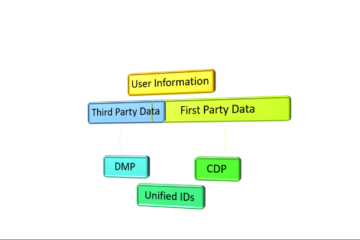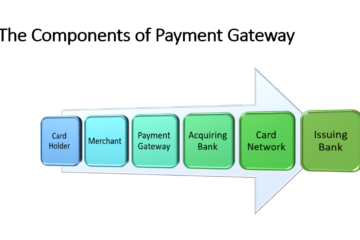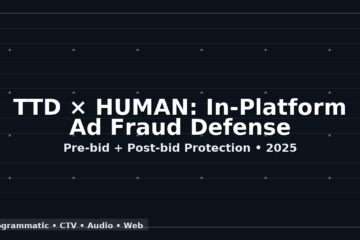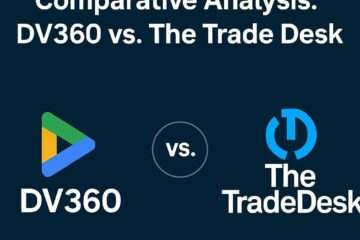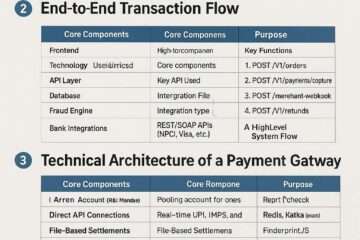
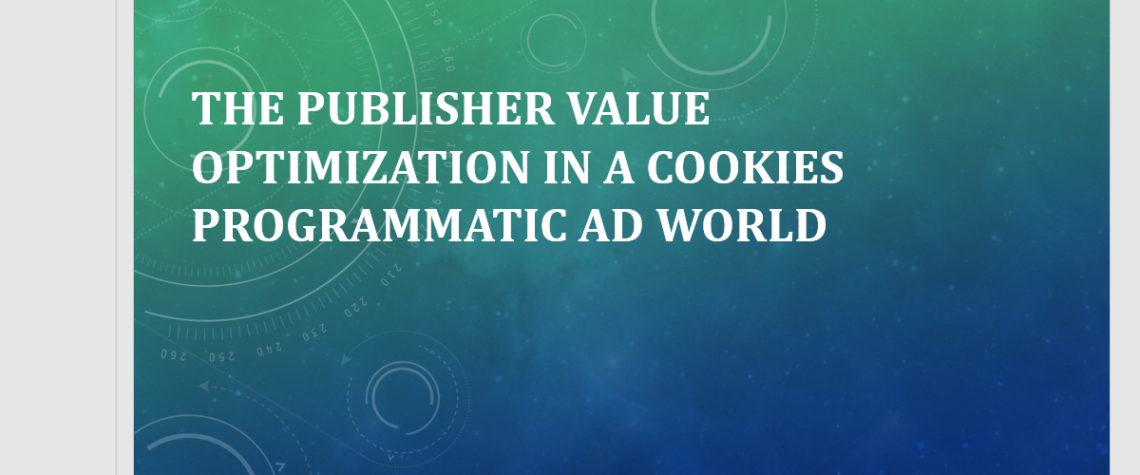
There is a rhythmic anxiety against Chrome’s timeline for those who closely track the difference in value of addressable (Chrome) vs. non-addressable (Safari) inventory due to the drumbeat of third-party cookie (3PC) deprecation.
Nobody, not even Google, is certain of how the Privacy Sandbox will function on a large scale. According to preliminary statistics, Sandbox is probably going to perform much better than Safari and, at least initially, worse than Chrome when 3PC is enabled.
It is frightening for publishers to lose the 3PC, the vilified harbinger of open online monetization. Accepting the transition as inevitable, however, gives us a chance to think about long-term plans to boost relationships, efficiency, and inventory value in the open exchange.
The value of authenticity goes beyond profit.
Authentication begins with the premise that your brand has a legitimate audience. Increased scrutiny around MFA is a reason to tout the organic audience you’ve worked so hard to build.
Do you have users who have registered? If so, you want to think about integrating with deterministic IDs supported by businesses with significant open market investment, such as Yahoo’s ConnectID, LiveRamp’s RampID, and The Trade Desk’s UID2.
If not, the first step in a successful authentication approach is to show the user that there is a value exchange. Our strategy is to develop unique features for each type of account and highlight their advantages all along the session. It has been observed that emphasizing to the user the benefits of optional registration works around 20% better than putting up a rigid wall later in the session.
The value of a deterministic ID is important when it exists. A 47% boost in CPM is shown in our internal bid-level data for 100% of users—registered and non-registered. The CPMs for authorized users are 107% greater than those for unauthenticated users when examining solely cookieless browsers.
Integrating with single sign-on (SSO) services like Google, Facebook, Yahoo, and The Trade Desk’s OpenPass is advantageous to lessen login friction. Our SSO choices combine technology from Yahoo and The Trade Desk, two of our biggest buy-side partners, with what powers the majority of authentication today (Google and Facebook), even though we are still solution-agnostic.
Open Pass is a password-free authentication system accessible beyond the walls of the gardens. On websites where it has been incorporated, it gives consumers a connected experience even though it doesn’t improve UID2 advantage.
If the initiative is able to secure publisher support, it is not difficult to envision the solution leading to expanded authentication in the open web. Since the product is new, integration also offers publishers a chance to forge closer strategic ties with the biggest DSP that isn’t walled in.
Increasing the effectiveness of inventory management
Just as a successful authentication strategy starts with adding value for the user, optimizing inventory performance metrics yields efficiency gains.
Publishers should measure improvement to metrics like viewability and CTR that make inventory more appealing, and strive for “do no harm” income returns when testing. Publishers don’t have to give up on yield in favor of these improvements; instead, they can be implemented with major benefits and at no expense.
Ad stack and user experience can be fundamentally improved by optimizing for sustainable performance, which prioritizes ad quality above request duplication. This is in addition to buy-side-focused enhancements. (By the way, not to put too fine a point on “sustainable performance,” but each of these items helps reduce the carbon footprint of publishers.)
The best practices for open web monetization are listed below. The results of these efficiency initiatives are superior.
- Give up phoning SSPs that lose X consecutive auctions without clearing your price floors. Less ad requests and better SSP/publisher performance (fill rate, win rate) are the outcomes of this.
- For multi-size ad units, such as 300×250, 300×600, or 160×600, submit a single ad request. Along with improving yield from additional ad sizes and resulting in fewer ad requests, this also complies with DSP rules.
- Users who are not in focus or off the tab for X seconds should no longer get adverts on the page. In addition, this results in fewer ad requests and raises viewability, attention, and CTR.
- Put an end to auctioning off unseen ad units. Once more, increased viewability, attention, and CTR, and fewer ad requests.
- Eliminate inefficient reseller pathways. Additionally, this lowers the quantity of ad requests and enhances direct connection performance.
- Eliminate SSPs with low share of voice (SOV) in income. Yes, less requests for ads. Additionally, performance with your remaining/most valuable partners will improve, and your most effective partners will receive a larger portion of the money.
Upscale programmatic alliances
Publishers are able to exert more influence over partners who have demonstrated their ability to offer unique value because to SSP consolidation. How does that work practically?
Deal teams and SPO packages are common among SSPs, and they provide publishers with specially selected media spend. What proportion of open exchange versus SSP-driven deal packages makes up your SSP revenue? Is the deal percentage increasing?
Of course, your merchandise must support the package’s objectives, but why should you be a part of it? Your strategy of higher bid density may be limiting your inclusion in deals if your partner list is too long or contains too many resellers. This is because it will lessen your impact on your tier-one SSP direct seats.
Your inventory is represented by direct sellers and sold at CPMs well above the open market average if you can make a case for inclusion. A boutique partner like Kargo is picky about who they deal with. What about DSPs that have created direct-to-publisher products like OpenPath from The Trade Desk and Yahoo Backstage? These kinds of partners target fewer publishers for inclusion and prioritize advertisers.
Therefore, how can you make a special value case to position yourself for consideration? The best areas to start are by giving priority to authentication initiatives, enabling deterministic IDs, and integrating single-sign-on with enhanced ad stack efficiency.
The value of the 3PC cannot, in actuality, be replaced one for one. These programs offer a route toward quality in open exchange rather than a performance enhancer, and I believe this will be a signal that persists long after the cookie is retired.
As publishers, we can position our inventory for success without having to understand the ins and outs of 3PC deprecation. The only context in which open web monetization makes sense to us is one in which it can flourish. Let’s work in that direction.



















































